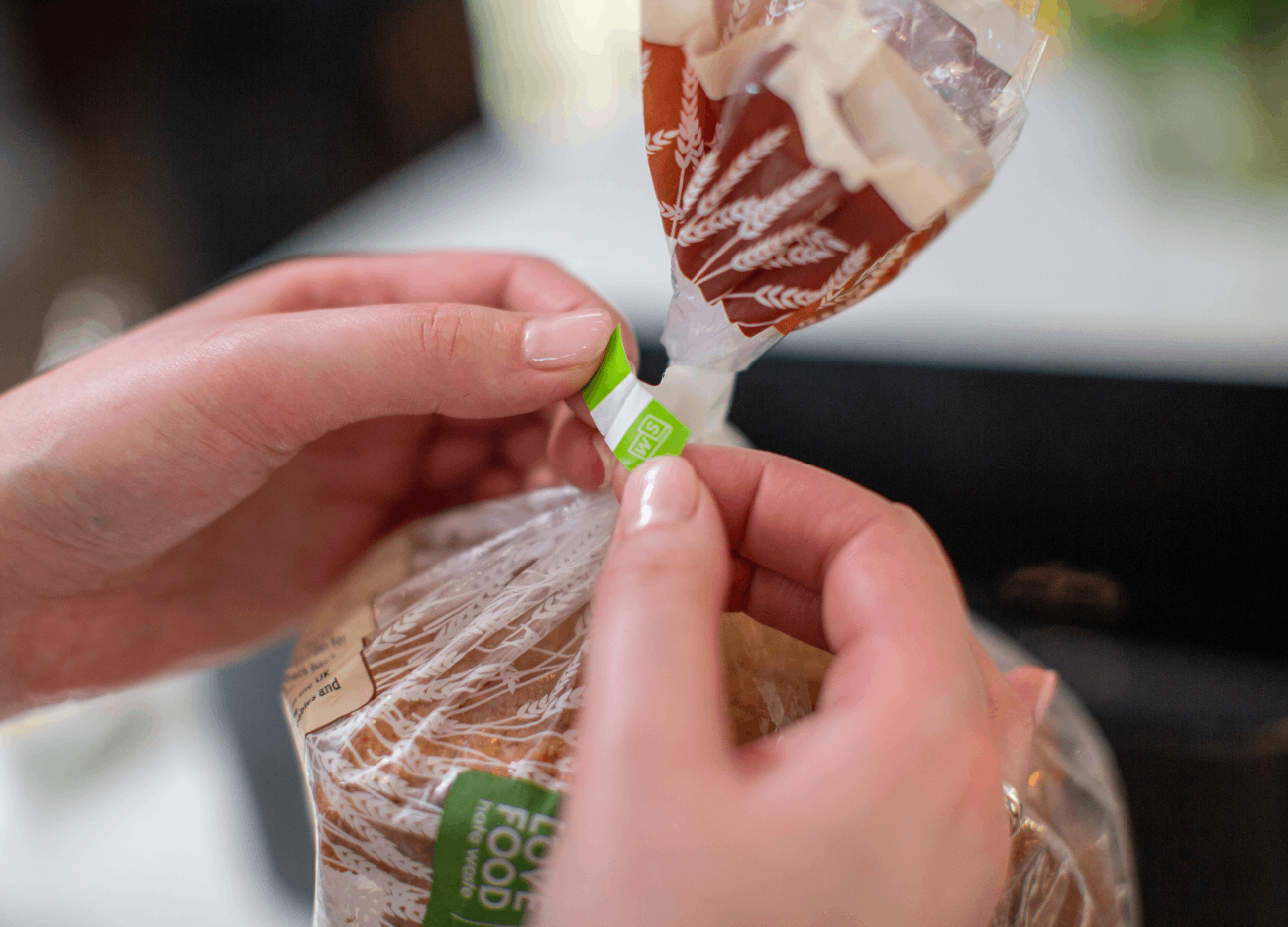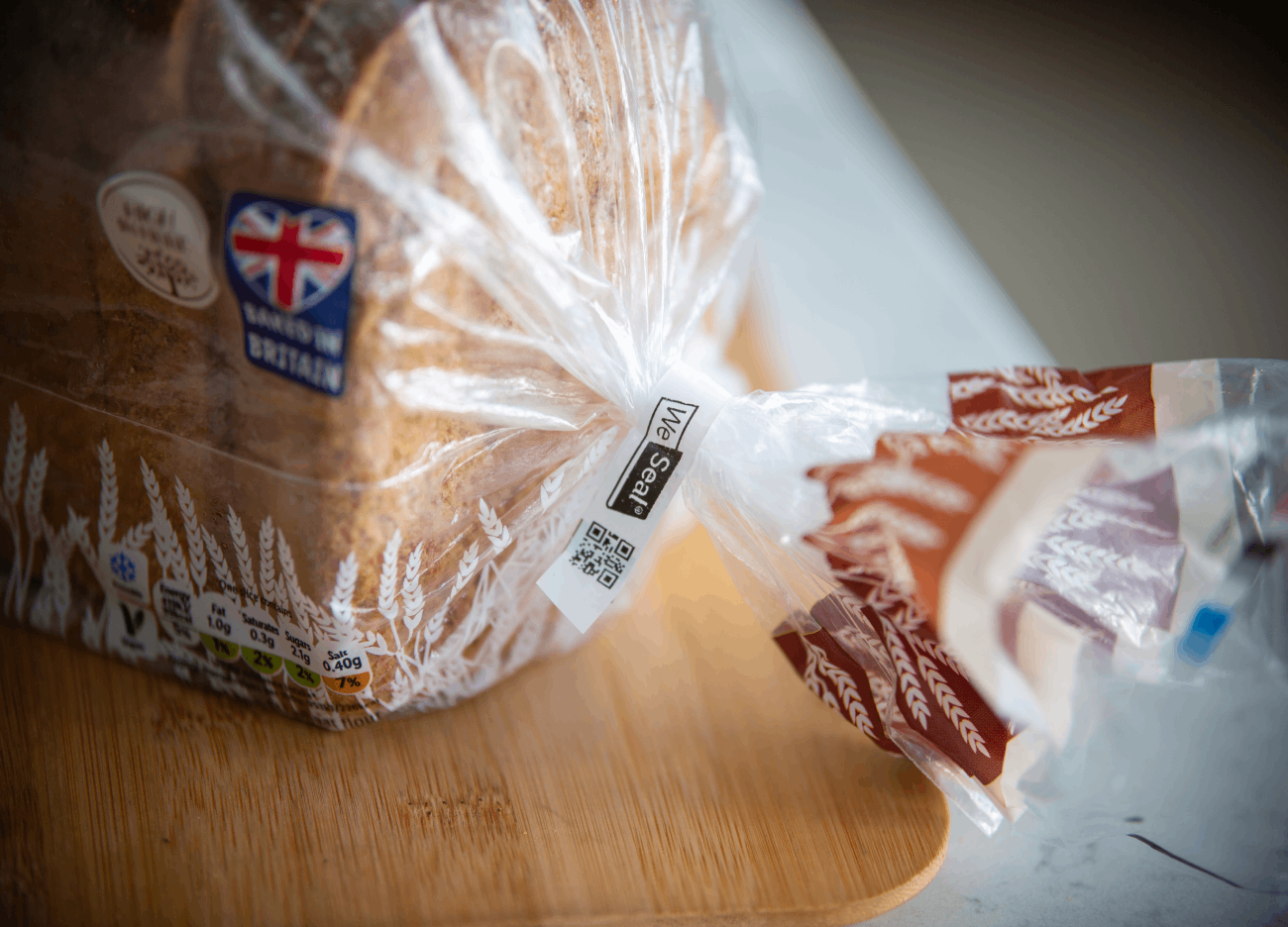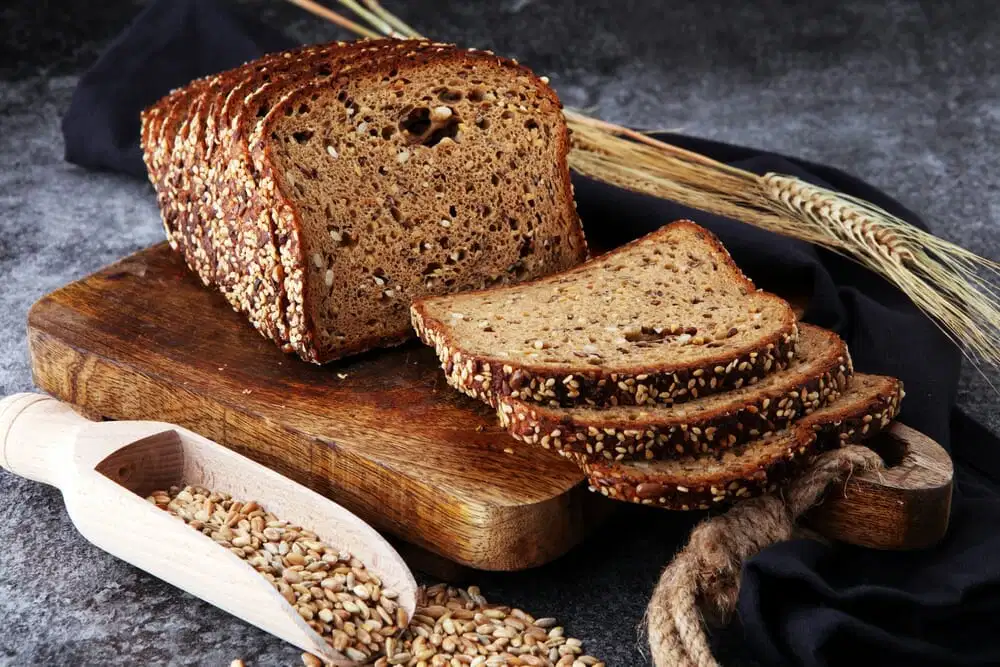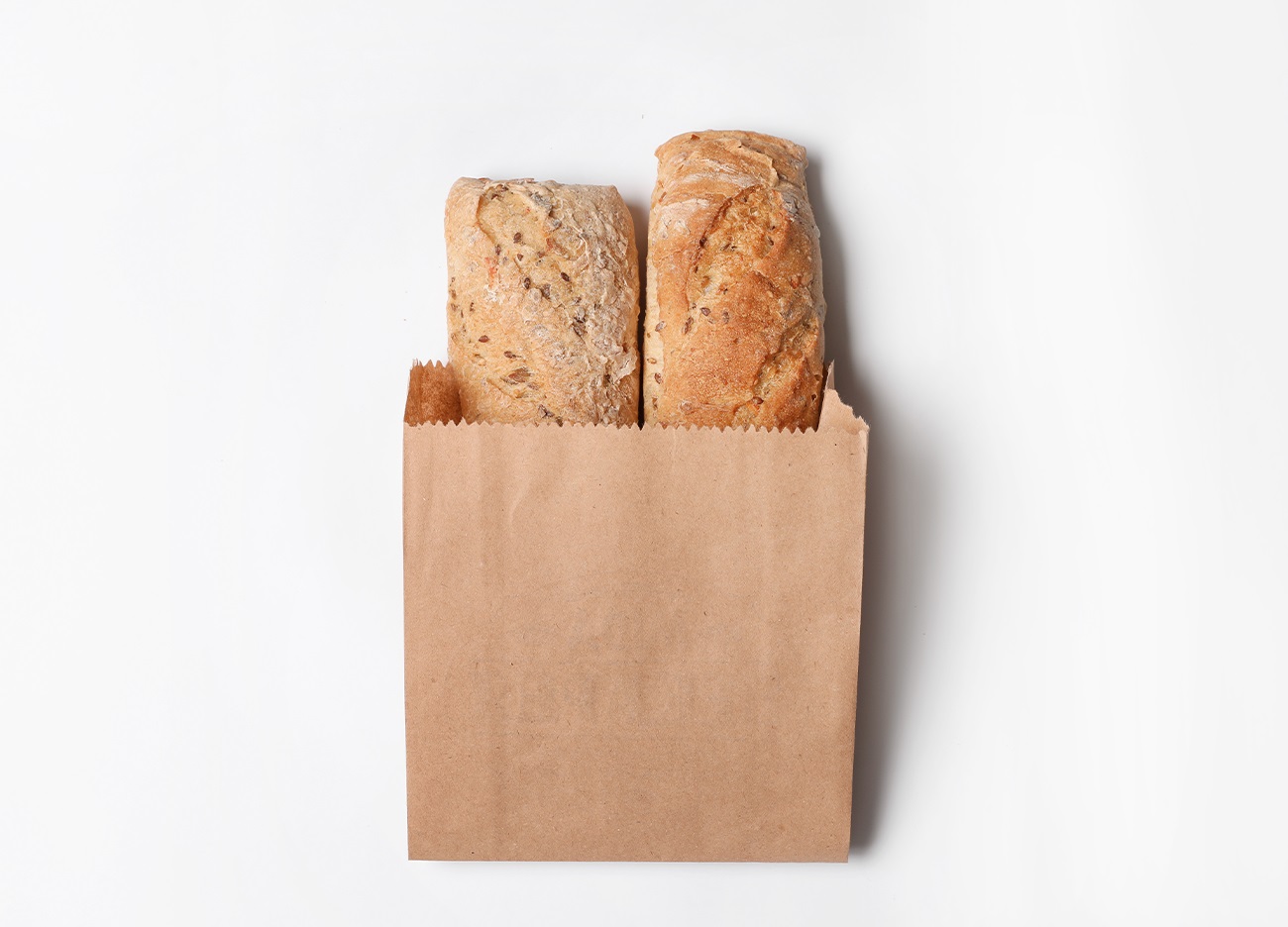
The conundrum for bread bag packaging
Plastic! But with benefits….
The large volume of bread that is made in the UK on a daily basis is packaged into polythene bread bags.
Polythene has many benefits for this food product
- Safely contains bread, in a hygienic way for first and subsequent openings during consumption.
- If sealed (or resealed) polythene excludes air and thus lengthens the life of bread so more of it can be consumed by reducing staleness and mould growth.
- Food waste is as big an issue to the planet as plastic waste so it is important to maximise the consumers’ ability to eat as much of it as possible
- Polythene is readily recyclable so as long as the bags are recycled by the consumer and collected to get into the recycling process then breadbag polythene’s impact on the environment can be reduced.
- The resealable seal on the bread bag is also made of plastic – its polypropylene -which is also readily recycled and when attached to the breadbag, is so small that is doesn’t contaminate the recycling of polythene
But is there a better way?
Some brands of bread are using paper bags for packaging bread. Paper on the face of it seems like a much better and more environmentally friendly option.
- The consumer probably ‘feels’ like this is a better choice as it isn’t the devil ‘plastic’ however it isn’t quite that straightforward.
- Paper is clearly readily recycled and has a shorter degradability time so if it ends up in oceans it should break down much quicker than plastic
- 100% paper bags are porous so the bread inside goes stale and/or mouldy faster giving the consumer a shorter time to eat the product and therefore a greater chance that food waste will increase.
- To offset this, some paper bread bags are actually lined to reduce moisture loss. The lining is usually made of some kind of synthetic or plastic product. This defeats the point of using paper since the bag is now not recyclable and is thrown away.
- Sometimes in order for the consumer to ‘see’ the contents of the bag, a window is inserted into the paper bag. This window is either made of synthetic/plastic or from a plant based product such as PLA which is made from vegetable starch. This also makes the product difficult to recycle
- The paper bag can be sealed in 2 main ways;
- With a large adhesive sticker. This option can be used as a marketing asset but typically the adhesive used contaminates the paper for recycling and is rarely resealable so the bread has a greater chance of going stale faster and increasing food waste again
- With a reasealable tape seal – these can be made of paper but to withstand the application process and the consumer opening and resealing, there needs to be a degree of strength built into the paper – and this comes from synthetics again! As such it further contaminates the paper for recycling.
- Paper is not as environmentally friendly as it appears – for 3 main reasons
- We don’t have enough trees to replace plastic with paper
- The paper making process uses far more raw resources than plastic and because the finished product is heavier it costs more to transport and requires increased storage space
- Finally it costs more to make paper than it does to use plastic so consumer costs would rise. This may be something the consumer has to swallow!
Quick Food Waste Facts
Food waste is actually a bigger cause of climate change than plastics.
Bread is top of the list of our most wasted household food items. We waste almost 900,000 tonnes of bread every year – around 24 million slices every day.
That’s a LOT of bread waste. In fact, almost half of all bread produced here in the UK, 44%, is thrown away. WRAP, resource efficiency experts say that bread is the second most wasted edible food in the UK. It’s beaten only by that other common staple, the potato.
The Future
The current system is good for now with developments and progress in this field ongoing from all involved and moving fast.
Paper seals are possible, although paper can present confusing issues for recyclability where paper bags also include a transparent plastic panel so you can see the contents inside!!
If you’d like to know more about The Plastics Tax introduced in the UK and effective from April 2022 click this link



